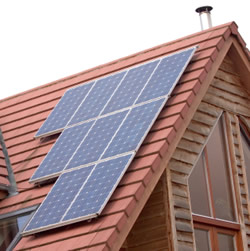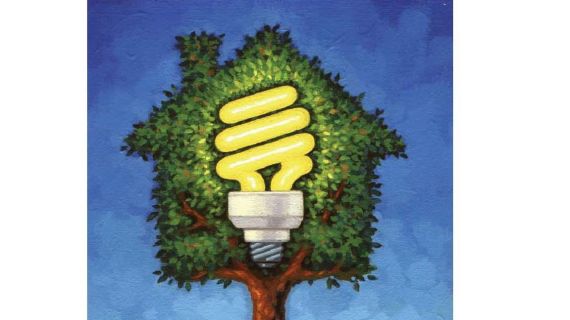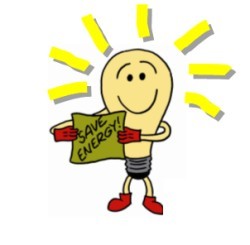
A few years ago, Jim Camasto thought about investing $20,000 in the stock market. But instead, Camasto, of Naperville, Ill., spent that money on a ‘greener’ investment—solar power.
Camasto has installed a solar thermal and solar electricity system on his roof, which helps heat and power his home.
His gas use has dropped more than 50%, and his electricity use has dropped about 70%. He sells extra power back to the electricity grid and sells renewable energy credits, which investors buy and trade to support renewable energy projects. His return on his investment is about 3-4% a year.
“Some people say that’s a slow return,” he said. “But I’m willing to bet utility costs are not going down in the next 10-15 years. There’s very little risk. I’m glad I made the investment.”
Although the price of solar panels is falling, the upfront costs of installing a solar power system can still be daunting. But many states have incentives designed to help finance renewable-energy projects in addition to federal tax credits for up to 30% of the cost which are available to homeowners and businesses that buy solar or wind energy systems.
Illinois offers 30% rebates on the total cost of installing solar or wind systems to homeowners and businesses, and 50% rebates for governmental and nonprofits, with a maximum of $50,000, said Marcelyn Love, a spokeswoman for the Illinois Department of Commerce and Economic Opportunity. And there are grants available to state and local governments and nonprofits through the Illinois Clean Energy Community Foundation, Love said.
Legislation introduced in Illinois would have allowed local governments to give loans to homeowners or business owners for solar installations and allowed them to repay the loans as assessments on their property tax bill. But the bill did not pass.
Mark Burger, president of the Illinois Solar Energy Association, said installing solar power is like making a major home improvement, with the cost being roughly equal to adding a new bathroom or remodeling a kitchen.
It’s a buyer’s market, Burger said, and a solar-powered house that promises reduced utility bills for years can be a major selling point. “Developers are realizing that putting solar power on homes to make them more ‘green’ is one of the best ways to help the real estate market,” Burger said.
Source: Gerry Smith (Chicago Tribune) RISMedia
Share the wealth: ![]()




 Save up to 30% in related energy bills with products earning the ENERGY STAR label, the symbol of energy efficiency, on some 50 product categories, including appliances, electronics, windows, lighting, and home office equipment.
Save up to 30% in related energy bills with products earning the ENERGY STAR label, the symbol of energy efficiency, on some 50 product categories, including appliances, electronics, windows, lighting, and home office equipment.





